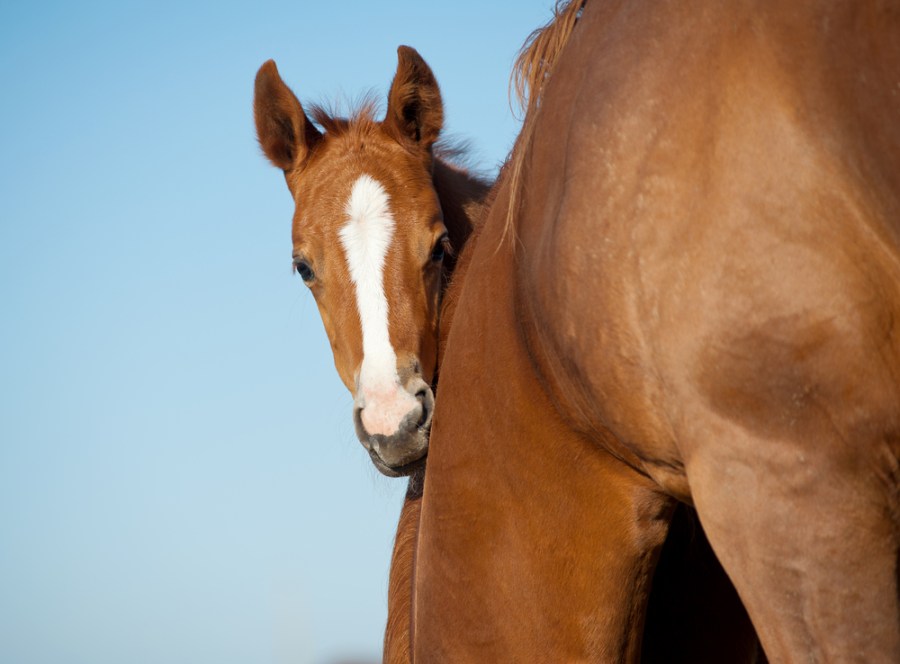A study carried out by the Royal Veterinary College (RVC) has discovered that Thoroughbred foals are more likely to go on to be more successful in horse racing if they are given extensive turnout in larger pastures during their first six months of life and are weaned later.
The findings showed that turnout and weaning practices provide sufficient opportunity for positive tissue adaptation and optimal development. When provided, these foals are more likely to race, compete more often, and earn more prize money.
Breeders are therefore encouraged to maximise turnout whenever possible, and to consider weaning after this critical period.
“This study is the first of its type to evaluate the effect of early-life experiences on later-life performance in Thoroughbred racehorses, providing important novel findings that can be directly applied at the stud farm level to reduce wastage and improve performance in this population,” said Dr Rebecca Mouncey, veterinary surgeon and post-doctoral research fellow at the RVC.
The research
The research followed 129 flat race bred Thoroughbred foals on six stud farms across the UK from birth up until the end of their fourth year.
Daily records of the foals, who were born in 2019 and 2020, health and management from birth until they left the stud farm were studied as were their race performance records.
The reproductive history of the foals’ dams and details of her health and management during pregnancy were also collected.
The RVC team then used statistical modelling to evaluate relationships between gestational exposures and early-life experiences.
Findings suggested that the use of more extensive turnout practices during the first six months of life and later weaning benefited the attainment of career milestones, productivity (the number of races) and financial returns (total prizemoney won).
‘A critical period’
Dr Mouncey added: “Our findings highlight that the first six months of life are a critical period of development in Thoroughbreds, during which we must be mindful to ensure that our management practices provide sufficient opportunity for positive tissue adaptation and optimise development.”
The research, which was funded by the Horserace Betting Levy Board, the Racing Foundation and the RVC’s Mellon Fund for Equine Research, has been published in the Equine Veterinary Journal.
Image © Shutterstock








